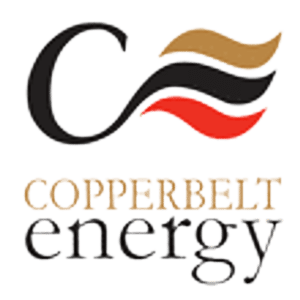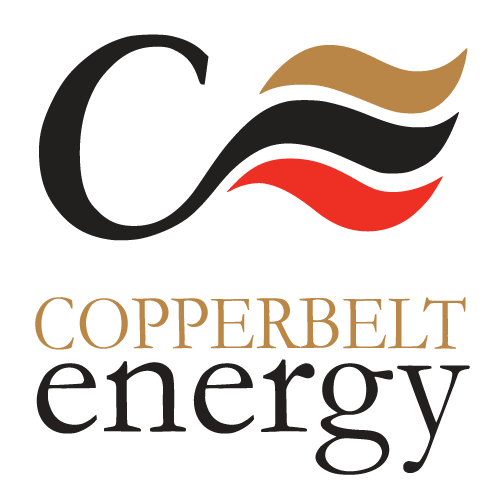Megawatt Projects Demanded At Energy Summit
THE inaugural Zimbabwe International Energy & Power Summit held in Harare over two days at the Rainbow Towers and Conference Centre was punctuated by ‘high voltage’ papers that were delivered by over 100 delegates who came from the Sadc region and overseas.
Guest of honour Parastatals and State Enterprises Minister Gorden Moyo was stunned and almost “electrocuted” by the highly charged atmosphere at the conference where megawatt solutions to the national energy crisis and not mega talks were demanded by the congregating energy and power technocrats and business leaders.
From a green economy, conservation, renewable energy to alternative solutions, speaker after speaker lamented the global power crisis and the current effects of Zesa load shedding on corporate production.
At the end of the summit, the message that came out loud and clear was that as mankind we have caused the energy and power crisis, so the solutions to this crisis lies within us.
Over a dozen papers were delivered at the two-day summit, and today we analyse a sample of some of the energy project papers that were delivered and the possible national lessons learnt.
Challenges in Energy Sector Projects
The Southern African Power Pool is set to roll out massive energy generation and transmission projects over a five-year phased project plan that will collectively see the 12 member states in the pool mainly in the Sadc region commissioning 16 962MW of energy worth US$83 billion by 2015.
Established in 1995, SAPP is a grouping of 12 members states mainly in the Sadc region, which include Angola, Botswana, Malawi, South Africa, Lesotho, Swaziland, Mozambique, DRC, Zambia, Namibia, Tanzania and Zimbabwe.
However according to a report by the Development Bank of Southern Africa energy specialist Jeane Madzongwe these planned energy projects face a plethora of implementation challenges ranging from uneconomic tariffs to poor levels of electricity access.
Madzongwe reiterated that power projects need to be structured to move from feasibility to bankability if they are to attract funding.
Levels of access to electricity in the Sadc region are still poor, with over eight countries being classified as in the ‘much to be done’ or ‘further effort required’ brackets of access analysis according to the report.
Mauritius and South Africa lead the pack in terms of access to electricity registering over 99 percent and 75 percent thresholds respectively. Zimbabwe has 41 percent while Malawi registers the poorest access at less than 10 percent.
Despite these challenges, DBSA funding of energy sector projects in the region has gradually risen from US$300 000 in 2001 to US$350 million in 2010. DBSA’s current total Sadc loan book is valued at US$350 million with the energy sector representing only 14 percent.
Established in 1983 by a South African Act of Parliament, DBSA is one of the giant regional promoters of economic growth through infrastructure development projects funding.
Ethanol and Hydro Power from Masvingo
The energy summit revealed that Masvingo province is set to boost of two major BOT energy projects commissioned within five years and generating over 4 000 jobs by 2014. The much touted world class Green Fuel Chisumbanje, Manicaland based Ethanol plant is now fully operational with an output of over 18 000 litres of ethanol targeted by end of 2011.
Green Fuel (Pvt) Ltd Corporate Communications Manager Mrs Lilian Muungani was at the summit to embellish the nation on the magical sugarcane fuel project.
Green fuel is one of the first large-scale ethanol producing factories in Africa manufacturing anhydrous ethanol from sugar cane to supply Zimbabwe, the region and beyond with a clean, efficient, renewable fuel source.
With Government support and expanded investment, Green fuel can achieve an output of 1,5 billion litres of ethanol per annum which is equivalent to 150 percent of the country’s current fuel consumption, catapulting Zimbabwe to become the world’s first country to run entirely on ethanol and shutting out fuel imports.
Green Fuel is not the only energy story coming out of Masvingo. Lake Mutirikwi wall is set to host a mini-hydro power project expected to generate 5 to 100MW of power once commissioned by 2014.
Known as Green Field Hydro, the project is a consortium among NuPlanet of South Africa, Industrial Development Corporation and MOL Power of Zimbabwe, the parties have registered Great Zimbabwe (Pvt) Ltd as a special purpose vehicle to develop own and operate the power plant.
NuPlanet currently runs two similar small hydro plants in South Africa for the last two decades while three more similar projects are under development in the Southern Africa region.
Currently a technical feasibility study by Canadian based consultants Hatch is underway and expected to be finalised by November 2011. Black Crystal (Zimbabwe) is concurrently doing an Environmental Impact Assessment.
Once these preliminary sub-projects of the total scope are done, construction work is set to start early in 2012 for a projected duration of two years leading to commissioning by 2014. NuPlanet was granted a 5MW licence by the Zimbabwe Energy Regulatory Commission in 2010 following the Ministry of Energy initiated programme to accelerate private participation in the small hydro power sector in Zimbabwe.
Copperbelt Energy Corporation seeks partners
Stock Exchange listed Zambian independent power transmission company Copperbelt Energy Corporation Plc was present at the energy summit with more than just an exhibition objective but to seek a strategic investment partners in private power projects within the region.
CEC Corporate Development Director Mr Michael Tarney did not beat about the bush on the objective in his pitch. CEC is one of the three Zambian based members of the SAPP with over 50 years of experience in supplying power to the mining sector.
It boasts of 900km of transmission lines, 38 high voltage substations accounting for 50 percent of power consumed in Zambia.
CEC has already extended its mandate northwards beyond Zambia to DRC, the corporation has been providing transmission service to mining operations in DRC since 2007. Its focus has now shifted southwards to power deficit ridden neighbours such as Zimbabwe.
It would be interesting to watch how the thirteen local energy entrepreneurs who were recently granted energy production licences by ZERC react to opportunities such as the CEC offer including Zesa of course. The nation awaits for mega-watt projects not mega talks.
Source: allAfrica.com

